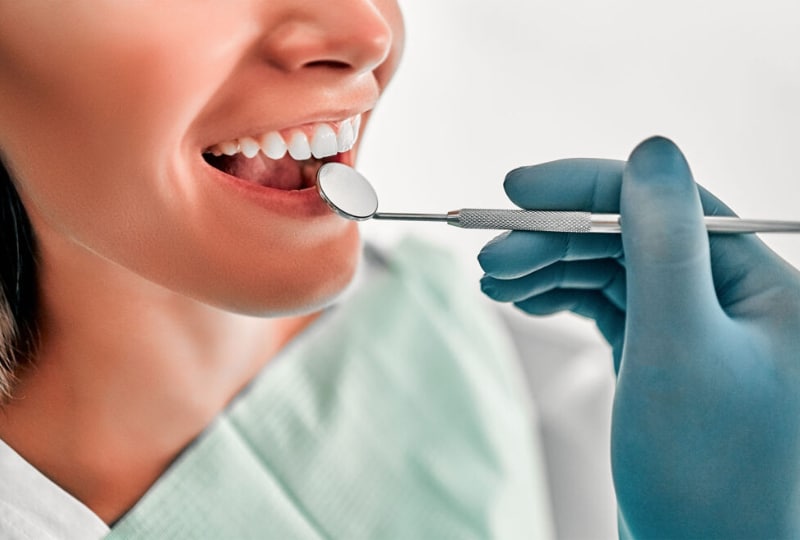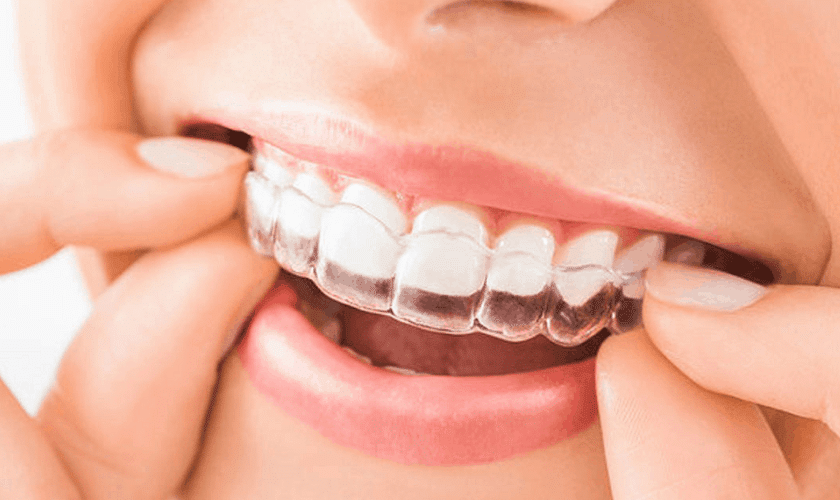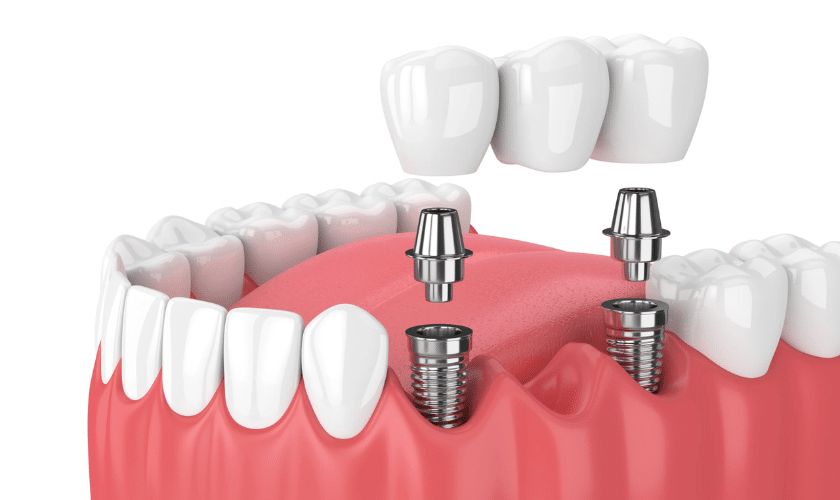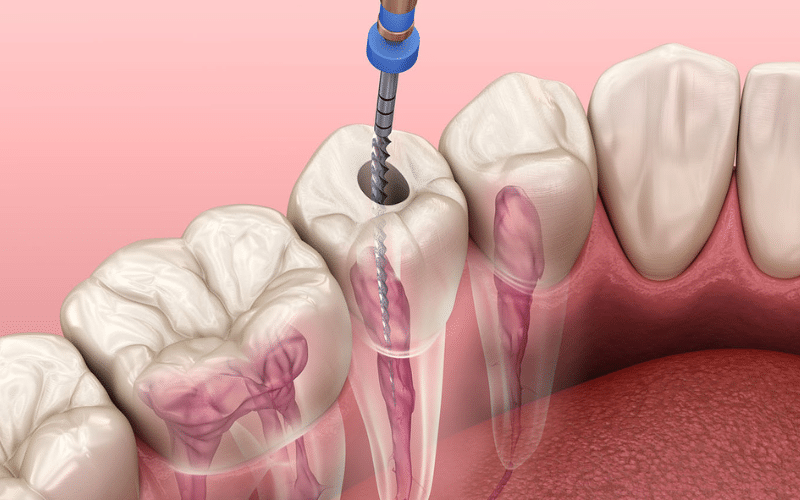
Are you struggling with gum disease or worried about the health of your gums? If so, you’re not alone. Millions of people suffer from periodontal issues every year. But don’t fret – there’s good news! There are many effective treatments available to help combat these problems and restore your oral health. In this comprehensive guide, we’ll cover everything you need to know about periodontal treatment – from causes and symptoms to diagnosis and prevention strategies. So sit back, relax, and get ready to learn how you can achieve a healthy smile once again!
What is Periodontal Disease?
Periodontal disease is an infection of the gums that can destroy the bone supporting your teeth. Periodontal disease is caused by plaque, a sticky film of bacteria that forms on your teeth. Plaque constantly forms on your teeth, and if it isn’t removed, it can harden into tartar. Tartar is very difficult to remove, and it provides a place for bacteria to thrive. The bacteria in plaque and tartar release toxins that cause your gums to become inflamed. This is called gingivitis, and it’s the first stage of periodontal disease. If gingivitis isn’t treated, it can progress to periodontitis, which is a more serious form of the disease. Periodontitis can destroy the bone around your teeth and eventually lead to tooth loss.
Causes of Periodontal Disease
The leading cause of the periodontal disease is plaque, a sticky film of food debris, bacteria, and saliva. If plaque isn’t removed through daily brushing and flossing, it turns into tartar (calculus). Once tartar builds up on your teeth, it’s much more difficult to remove. Plaque and tartar irritate and inflame the gums. This can lead to gingivitis, an early stage of the periodontal disease characterized by redness, swelling, and bleeding gums. If gingivitis isn’t treated, it can advance to periodontitis. Periodontitis is a serious infection that damages the soft tissue and bone that support your teeth. Periodontitis can eventually lead to tooth loss.
Symptoms of Periodontal Disease
Periodontal disease, also called gum disease, is a serious bacterial infection of the gums and bones that support the teeth. It is a major cause of tooth loss in adults. Periodontal disease is caused by plaque, a sticky film of food debris, bacteria, and saliva. Plaque constantly forms on your teeth, even if you brush and floss regularly. If plaque is not removed, it can harden into tartar (calculus), which brushing cannot remove. Once tartar forms, it irritates the gums, making them red, swollen, and more likely to bleed. This inflammation of the gums is called gingivitis. If gingivitis is not treated, it can progress to periodontitis.
In periodontitis, the gum tissue pulls away from the teeth and forms spaces (called “pockets”) that become infected. The body’s immune system fights the bacteria as best it can, but eventually loses. As the disease progresses, the pockets deepen and more gum tissue and bone are destroyed. Teeth may become loose or have to be removed by a dentist.
Symptoms of periodontal disease include:
-Gums that bleed easily
-Red, swollen, or tender gums
-Gums that have pulled away from your teeth
-Persistent bad breath
-Pus between your teeth and gums when the gums are pressed
Types of Periodontal Treatment
There are four main types of periodontal treatment: scaling and root planing, gingivectomy, flap surgery, and bone grafting.
Scaling and root planing is the process of removing tartar (calculus) deposits from the teeth and smoothing the surface of the roots to prevent further buildup. This procedure is usually done over two or three visits.
A gingivectomy is a surgical procedure to remove excess gum tissue. It may be necessary to treat periodontal disease or to improve the aesthetics of your smile.
Flap surgery is a common periodontal treatment that involves lifting up the gum tissue to access the underlying bone and root surfaces. This type of surgery is often used to treat deep pockets of infection and to remove tartar deposits.
Bone grafting is a surgical procedure that replaces missing bone with artificial substitutes. It is often used to treat periodontitis, which can cause serious damage to the jawbone.
Benefits of Periodontal Treatment
When it comes to your oral health, your gums play a critical role. Not only do they provide support for your teeth, but they also help to keep harmful bacteria out of your mouth. When your gums are healthy, they create a barrier that protects you from infection.
However, when your gums become diseased, that barrier is weakened. Periodontal disease is an infection of the gums that can lead to tooth loss and other serious health problems. Fortunately, periodontal treatment can help to reverse the effects of this disease and restore your gum health.
Some of the benefits of periodontal treatment include:
- Reduced risk of tooth loss: One of the most serious complications of periodontal disease is tooth loss. By receiving treatment for this condition, you can reduce your risk of losing one or more teeth.
- Improved oral hygiene: Periodontal treatment can help to improve your oral hygiene habits by teaching you how to properly care for your teeth and gums. This can help to prevent future episodes of gum disease.
- Enhanced appearance: Periodontal disease can cause your gums to recede, which can make your teeth look longer than they actually are. Treatment can help to improve the appearance of your smile by restoring the gum line.
- Better overall health: Gum disease has been linked to a number of serious health conditions, such as stroke and heart disease. By receiving treatment for
Procedures Involved in Treating Periodontal Disease
If you have been diagnosed with periodontal disease, there are a number of different procedures that may be recommended in order to treat the condition. The specific procedure or combination of procedures that is right for you will depend on the severity of your disease and how far it has progressed.
Some of the most common procedures involved in treating periodontal disease include:
Scaling and Root Planing: This is a deep cleaning procedure that involves removing tartar and plaque from below the gum line and smoothing out the surface of the roots to prevent future build-up.
Pocket Reduction Surgery: In cases where pockets have formed between the teeth and gums, this surgery may be necessary in order to clean out the pockets and reduce their depth.
Bone Grafting: If bone loss has occurred as a result of periodontal disease, bone grafting can help to regenerate lost bone tissue.
Soft Tissue Grafting: This procedure involves taking healthy tissue from another area of the mouth (or sometimes from another donor) and using it to replace tissue that has been destroyed by periodontal disease.
Tips for Maintaining Healthy Teeth and Gums After Periodontal Treatment
After you have completed your periodontal treatment, it is important to take care of your teeth and gums to prevent the recurrence of periodontal disease. Here are some tips to help you maintain healthy teeth and gums:
- Brush your teeth twice a day with a soft-bristled toothbrush. Be sure to brush all surfaces of your teeth, including the front, back, and chewing surfaces.
- Use dental floss every day to clean between your teeth and under your gum line.
- Visit your dentist regularly for professional cleanings and checkups. During these appointments, your dentist will remove any plaque or tartar that has built up on your teeth since your last cleaning.
- eat a balanced diet and avoid sugary snacks and drinks that can contribute to tooth decay.
- Quit smoking or using tobacco products, as these can significantly increase your risk of developing periodontal disease.
Periodontal disease can be a serious dental condition, but with the proper treatment and care it is possible to manage this condition. While periodontal treatments are not always pleasant, they are necessary in order to improve oral health and prevent further damage to your teeth and gums. With these tips on understanding periodontal diseases and the complete guide to periodontal treatment provided here, you should now have a better idea of how best to protect yourself from this dangerous dental issue.





